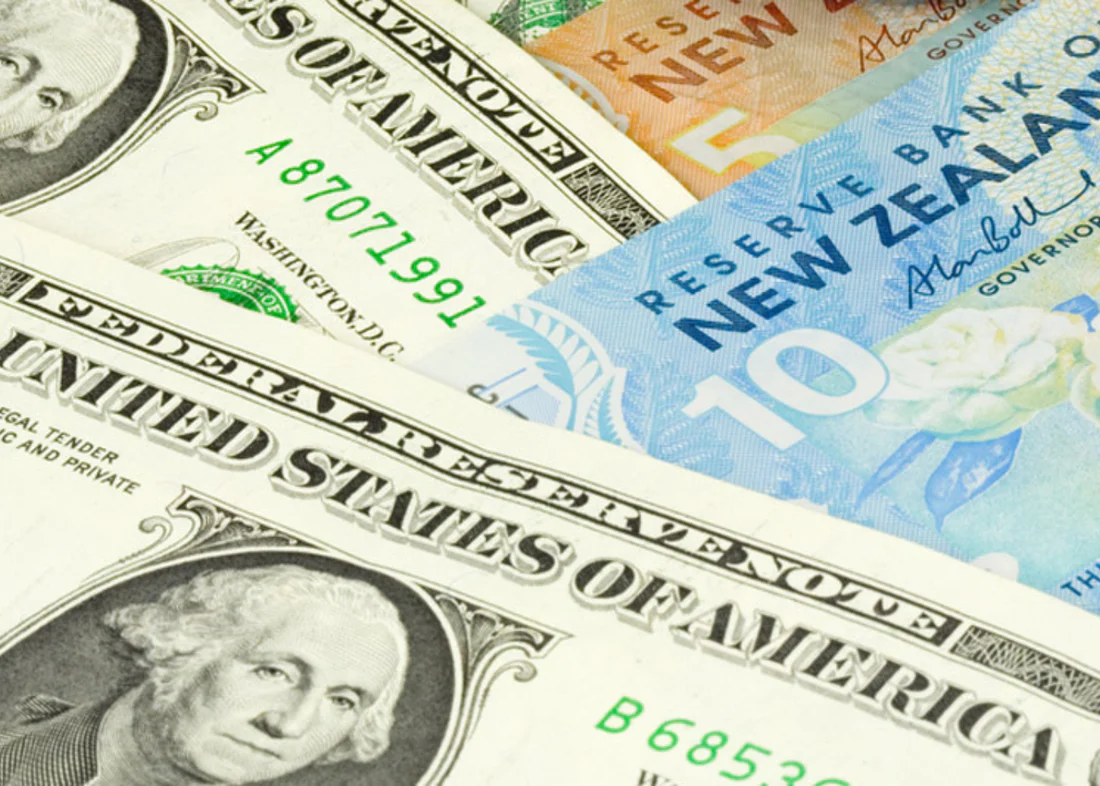Australian Dollar Gains on Strong Chinese Figures and USD Weakness Before US CPI Release
Australian Dollar (AUD) rose higher against the US Dollar (USD) on Tuesday, boosted by better-than-predicted economic indicators in China—Australia’s major trade partner—and weakening USD before the release of the US CPI. The Q2 GDP in China rose 5.2% year-over-year, beating estimates, and Industrial Production also surpassed expectations. Meanwhile, geopolitical tensions such as threats from ex-US President Trump of tariffs weighed on the US Dollar, together with market prudence leading up to the critical inflation data. Local confidence in Australia slightly improved but concerns persist regarding the RBA’s rate outlook, with inflation risks and global uncertainties still in the spotlight. KEY LOOKOUTS • The US Consumer Price Index report next is being closely monitored by investors, which would potentially affect the Federal Reserve’s rate decisions in the future and US dollar strength. • Even though rates remained unchanged in July, the prospects of an impending August rate cut still loom, particularly with inflation threats and subdued productivity in focus by RBA officials. • Chinese President Xi Jinping’s expected meeting with Australian Prime Minister Anthony Albanese can influence future trade and drive AUD sentiment. • Trump’s suggested tariffs on Russia, EU, and Mexico and secondary tariffs on Russian oil buyers could drive global market volatility and shape USD movements. Australian Dollar is strengthening against the US Dollar, supported by positive economic reports from China and a muted greenback in anticipation of the release of critical US inflation data. Recent better-than-expected GDP and Industrial Production figures from China have enhanced sentiment toward the AUD, as Australian trade connections are strong with China. In contrast, geopolitical tensions—such as Trump’s recent tariff threats and international trade tensions—have weighed on the USD. Locally, Australia’s consumer confidence registered a slight increase, but doubts continue regarding the next move by the Reserve Bank of Australia as well as inflation. The focus now shifts to the coming US CPI numbers, which have the potential to be a turning point for the short-term trajectory of the AUD/USD pair. Australian Dollar surged as optimistic Chinese economic figures improved investor mood, while the US Dollar declined in anticipation of crucial CPI releases. Geopolitical tensions and RBA policy uncertainty are still shaping market action. US inflation releases are awaited for additional guidance on AUD/USD direction. • AUD/USD up as impressive Chinese GDP and Industrial Production statistics improve optimism. • China’s Q2 GDP up 5.2% YoY, better than expectations of 5.1%, which supports the Aussie Dollar. • US Dollar falls in anticipation of significant CPI numbers, providing AUD/USD with upside tailwind. • Geopolitics escalates with Trump threatening fresh tariffs against Russia, EU, and Mexico. • RBA leaves rates unchanged, with potential cut in August due to inflation fears and poor productivity. • Australia’s Consumer Confidence increased modestly by 0.6% in July, reflecting modest optimism. • AUD/USD technicals exhibit bullish bias, trading close to 0.6550 in an uptrending channel. The Australian Dollar was supported on Tuesday by solid economic data from China—Australia’s biggest trade partner. China’s Q2 GDP growth of 5.2% year-on-year was higher than market forecast, while Industrial Production was also better than expected. These supportive data points boosted market sentiment in the Australian economy, given its high trade linkage with China. Also, a minor increase in Australia’s Westpac Consumer Confidence showed cautious optimism from households, even as cost-of-living pressures persist and the interest rate outlook remains uncertain. AUD/USD DAILY PRICE CHART SOURCE: TradingView At the same time, world geopolitical events have given rise to a more conservative trading climate. Threats by the former US President Donald Trump to apply very harsh tariffs on Russia, along with so-called secondary tariffs on nations that import Russian oil, have boosted fears about growing trade tensions. Additional suggested tariffs on imports of the European Union and Mexico have contributed to the uncertainty. Meanwhile, the US government registered a June budget surplus powered mainly by record customs duty receipts, underscoring the increasing influence of trade policy on economic performance. These events continue to influence market mood throughout the lead-up to the US CPI report. TECHNICAL ANALYSIS AUD/USD currency pair is exhibiting a mild bullish inclination as it hovers around the nine-day Exponential Moving Average (EMA) level of 0.6550, aided by an uptrend channel pattern on the daily chart. The 14-day Relative Strength Index (RSI) is still above the neutral 50 level, indicating that buyers continue to have a small advantage. A break above the recent high of 0.6595 would open the doors for additional gains towards the upper end of the channel at 0.6690. On the bearish side, support is immediately available at the lower edge of the upward channel at 0.6520, with more robust support at the 50-day EMA at 0.6488. FORECAST As long as the positive momentum prevails, particularly if it is supported by a softer US CPI figure or better risk appetite, the AUD/USD rate may try to break above the recent high of 0.6595. A breach of this level may draw fresh buying interest, boosting the pair to the upper edge of the rising channel in the region of 0.6690. Moreover, favorable news from the ongoing China-Australia trade talks or the easing of international tensions may further support the Australian Dollar. Conversely, if US inflation figures are hotter than anticipated, this could revive expectations for extended higher interest rates from the Federal Reserve, bolstering the US Dollar and applying pressure on AUD/USD. A fall below near-term support at 0.6520 would risk deeper losses, potentially down to the 50-day EMA around 0.6488 or even the three-week low of 0.6485. Increasing geopolitical tensions or Reserve Bank of Australia dovish hints may also put pressure on the Aussie in the short term.




